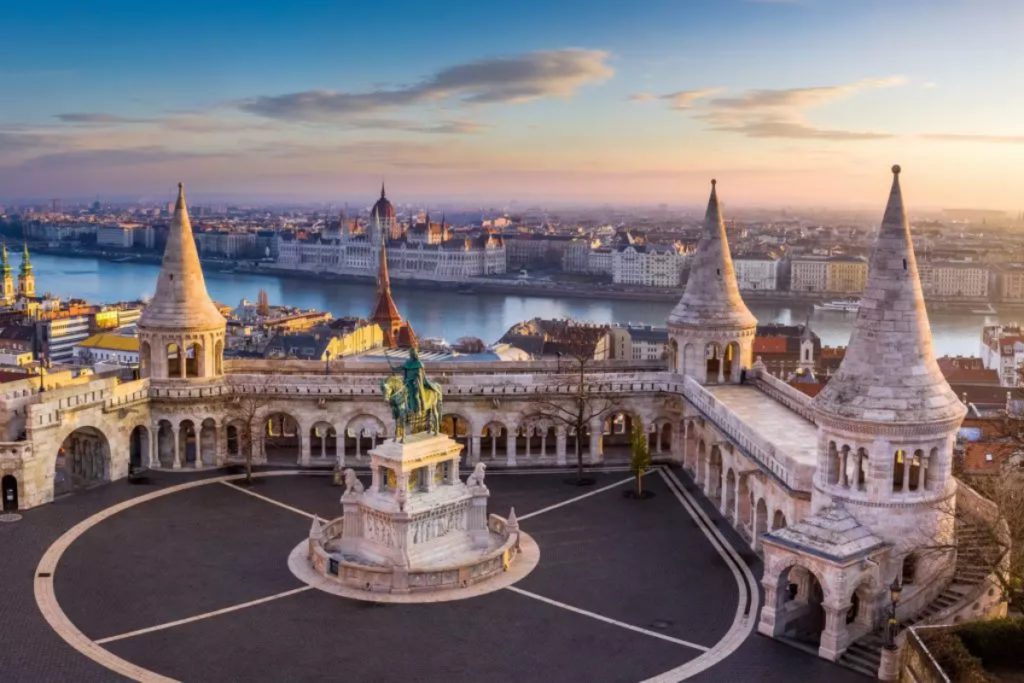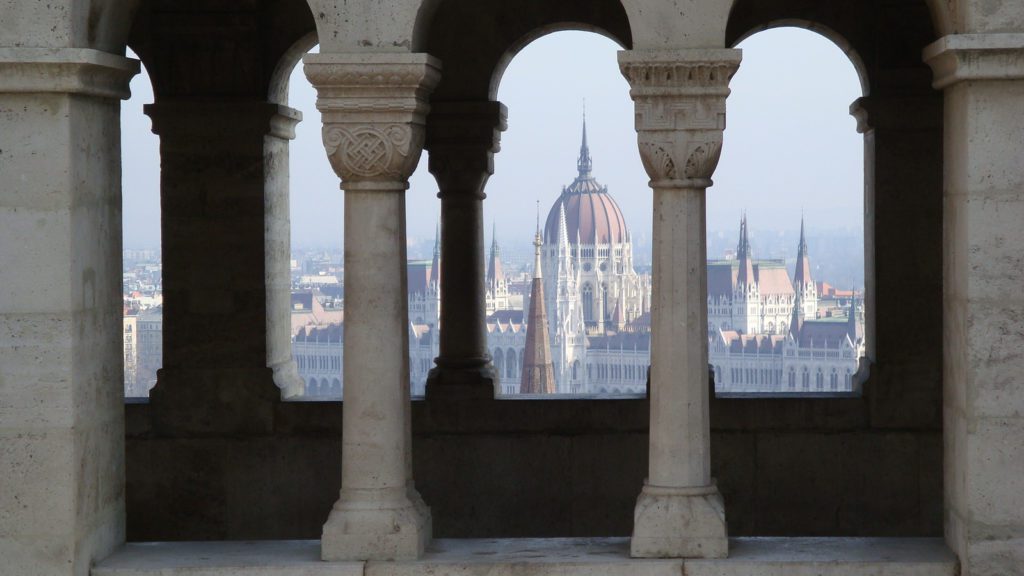
A guide to the marvelous Fisherman’s Bastion, Budapest
A guide to the marvelous Fisherman’s Bastion, Budapest
The iconic building of Budapest, the Fisherman’s Bastion, is an important part of the Buda panorama. The main structure of the monument can also be admired from the Danube bank, and a visit to the Fisherman’s Bastion offers a truly special view.
Visiting the Fisherman’s Bastion can feel like arriving at a real-scale sandcastle. The neo-Romanesque style building has been part of the World Heritage since 1987, a title it deservedly won. The Fisherman’s Bastion took its current form just over a hundred years ago, but its history dates back to the Middle Ages. In our article, in addition to the history of the Fisherman’s Bastion, we also list a number of interesting facts, so anyone visiting the Fisherman’s Bastion can discover the wonderful details of this place.

Source: szallas.hu
The history of the Fisherman’s Bastion
The Fisherman’s Bastion, which can be seen in its present form, was by no means a building of such a sophisticated style during the Middle Ages. The castle wall belonging to the Buda castle stood on the site of the monument, the primary function of which was to protect the castle, and because of this, its appearance was quite simple. The origin of the building’s name can also be traced back to the Middle Ages: at that time, this Buda castle wall was entrusted to the custody of the fishermen’s guild. However, the more likely option is that the area under the castle wall was called “Fishing Town” at the time – Víziváros (“Water Town”) – in today’s terms, so the castle wall bordering this part of town was also named that way.

Source: eleud
The Fisherman’s Bastion did not acquire its current appearance until 1905. With the restoration of the Matthias Church on the thousand-year anniversary of the Hungarian conquest, the surrounding area also became due, for which a tender was announced, and the winner was the designs of Frigyes Schulek. However, the construction did not even begin in 1896, the year of the anniversary, and the start of the work was delayed until 1899. The neo-Romanesque monument, which can still be seen today, was built in place of the old castle walls.
The Fisherman’s Bastion was seriously damaged after the Second World War, so its restoration was essential. The restoration of the building complex was completed in 1953, however, in the following years, many deficiencies and problems were found regarding the structure of the building, which only further damaged the deterioration of the bastion’s condition over the decades. By the 1970s, the walls of the building had also become dark in color due to the soot coming out of the chimneys of the surrounding buildings. The reconstruction of the Fisherman’s Bastion began in 1994: during the works, many elements were renovated, and the decorative stones were repaired and cleaned. The works were completed in November 2003.

Source: fortepan – Lajtai László
Due to its unique appearance and design, the Fisherman’s Bastion is a prominent building in Budapest attractions, which is one of the most visited locations in Budapest. In addition to the wonderful details of the monument, the view from here is also impressive: starting from Margaret Island, you can admire the entire panorama of Pest from here, including the Parliament building and the St. Stephen’s Basilica.

source: National Geography
Our visit to Budapest would not be complete without the Fisherman’s Bastion. The building’s history and design also contain many interesting facts, which you can read below.
Archaeologists during construction
During the renovation of the Fisherman’s Bastion, the archaeologists found many interesting finds – a lot of tombstones, as well as a chapel used as a burial place.
The number of towers is not accidental
The building complex of the Fisherman’s Bastion is adorned by seven towers, which commemorate the seven conquering leaders dating back to 896.
Custom columns
The pairs of columns appearing in the lower part of the building and at the viewing terraces take on varied patterns, which were a deliberate idea of Frigyes Schulek. More than one motif is repeated on the columns, and it is said that there are not even three pairs of columns with the same pattern on the building.

Source: indafoto
The Fisherman’s Bastion deservedly deserved to be seen as the jewel box of the city. From its terraces, the wonderful panorama of Budapest opens up to us, and in addition, we can talk about an outstanding building complex from an art-historical point of view, the visit of which is a mandatory program in any case!

Source: Budapest Images















